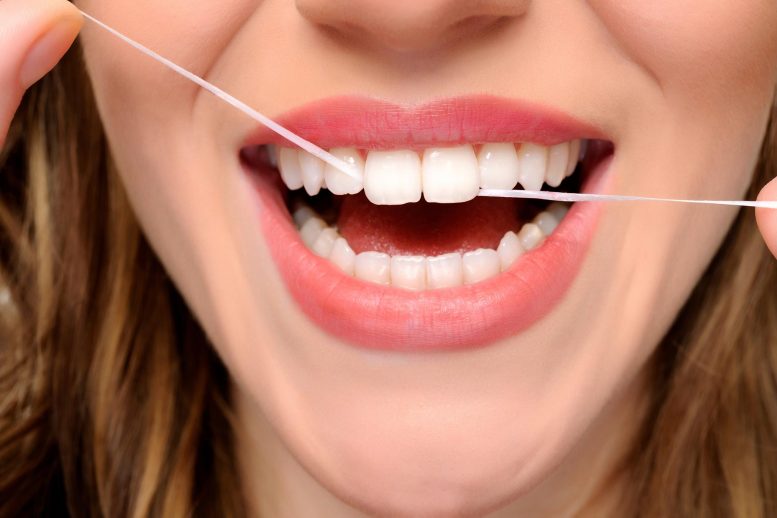
Researchers found a connection between arthritis flare-ups and periodontitis by tracing bacteria associated with periodontal disease in samples collected from rheumatoid arthritis patients, which could lead to the development of therapies for the autoimmune inflammatory disease.
A researcher at Rice University discovers a critical piece of information in discarded data that redirects their research in the right direction.
Regular dental check-ups could potentially alleviate joint pain. When Vicky Yao, a computational biologist from Rice University, discovered the presence of bacteria linked to periodontal disease in samples taken from individuals suffering from rheumatoid arthritis, she was not sure what to make of it.
Her discovery ignited a series of experiments that established a correlation between arthritis flare-ups and periodontitis. The research results have been published in the journal Science Translational Medicine.

Vicky Yao is an assistant professor of computer science at Rice University. Credit: Ruth Dannenfelser/Rice University
Tracing this connection between the two conditions could help develop therapies for rheumatoid arthritis, an autoimmune inflammatory disease that attacks the lining of the joints and can cause heart-, lung- and eye-problems. The approach that led to the study could prove fruitful in other disease contexts, such as cancer.
“Data gathered in experiments from living organisms or cells or tissue grown in Petri dishes is really important to confirm hypotheses, but, at the same time, this data perhaps holds more information than we are immediately able to derive from it,” Yao said.
Yao’s hunch was confirmed when she took a deeper look into data collected from rheumatoid arthritis patients by Dana Orange, an associate professor of clinical investigation and a rheumatologist, and Bob Darnell, a professor and attending physician at Rockefeller University and the Howard Hughes Medical Institute.
Yao was collaborating with Orange and others on a different project that tracked changes in gene expression during rheumatoid arthritis flare-ups.
“Orange, working with Darnell, collected data from arthritis patients at regular intervals while, at the same time, monitoring when the flares happened,” Yao said. “The idea was that perhaps by looking at this data retroactively, some pattern would become visible giving clues as to what might cause the arthritis to flare up.
“While I was working on that project, I went to this talk that I thought was really cool because it pointed out that in the data that gets ignored or thrown out, you can actually find traces of microbes. You’re looking at a human sample but you get a snapshot of the microbes floating around. I was intrigued by this.”
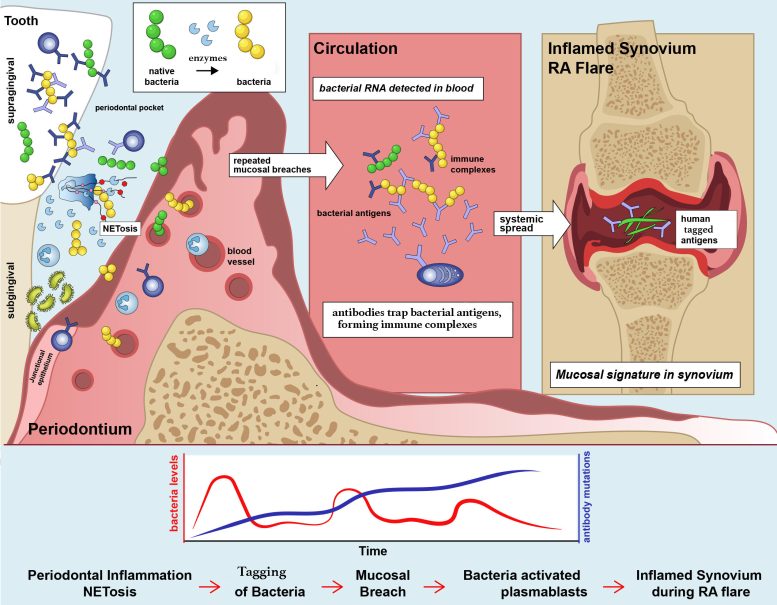
Proposed model for the role of periodontal inflammation in rheumatoid arthritis (RA). Periodontal inflammation is associated with a chemical change in supragingival bacteria caused by an enzyme released as part of an immune response mechanism known as NETosis. This chemical change ‘decorates’ bacterial antigens with a molecular tag. Periodontitis and inflammation can cause breaches of the mucous membrane lining inside the mouth, releasing the tagged bacterial antigens into the blood. As a result, antibodies that target these molecular tags are activated, and they bind or trap the tagged antigens, forming molecules known as immune complexes. Immune complexes and plasmablasts deposit in joint tissue, also known as synovium, and contribute to its inflammation. Repeated episodes of oral bacteremia cause a heightened autoimmune response, affecting joint tissue. Credit: Dana Orange and Bill Robinson
When she looked into it, Yao found that the germs in the samples that changed consistently across patients prior to flares were largely ones associated with gum disease.
“I was curious about this tool that allowed you to detect microbes in human samples. It was sort of like, for free, you’re getting an extra perspective on the data,” Yao said. “At the time, I hadn’t worked much on microbial data at all. Since then, Dana leveraged all this expertise and got together with people studying these bacteria.
“One of the things that came up when we were discussing this was, how cool would it be if you could prescribe some kind of mouthwash to help prevent rheumatoid arthritis flares.”
Yao’s focus since joining Rice in 2019 has shifted to cancer research. The discovery of meaningful information in data that would usually be ignored or discarded inspired Yao to take a similar approach in looking at data from cancer patients.
“I got really interested in what else we can find mining for microbial signatures in human samples,” Yao said. “Now, we’re doing something similar in looking at cancer.
“The hope here is that if we find some interesting microbial or viral signatures that are associated with cancer, we can then identify productive experimental directions to pursue. For instance, if having a tumor creates this hotbed of specific microbes that we recognize, then we can maybe use that knowledge as a means to diagnose the cancer sooner or in a less invasive or costly way. Or, if you have microbes that have a very strong association with survival rates, that can help with prognosis. And if experiments confirm a causal link between a specific virus or bacteria and a type of cancer, then, of course, that could be useful for therapeutics.”
One of the better-known examples of a pathogen associated with cancer is the human papillomavirus (HPV). Yao used this well-documented connection to verify her approach.
“When we did the same exercise looking at cervical cancer tumor samples, we consistently detected the virus,” she said. “It’s a nice proof-of-principle finding that shows that the presence of specific pathogens can be meaningful for certain types of cancer.
“I’m really interested in using computational approaches to bridge the gap between available experimental data and ways to interpret it. Computational analysis is a way to help interpret data and prioritize hypotheses for clinicians or experimental scientists to test.”
Reference: “Oral mucosal breaks trigger anti-citrullinated bacterial and human protein antibody responses in rheumatoid arthritis” by R. Camille Brewer, Tobias V. Lanz, Caryn R. Hale, Gregory D. Sepich-Poore, Cameron Martino, Austin D. Swafford, Thomas S. Carroll, Sarah Kongpachith, Lisa K. Blum, Serra E. Elliott, Nathalie E. Blachere, Salina Parveen, John Fak, Vicky Yao, Olga Troyanskaya, Mayu O. Frank, Michelle S. Bloom, Shaghayegh Jahanbani, Alejandro M. Gomez, Radhika Iyer, Nitya S. Ramadoss, Orr Sharpe, Sangeetha Chandrasekaran, Lindsay B. Kelmenson, Qian Wang, Heidi Wong, Holly L. Torres, Mark Wiesen, Dana T. Graves, Kevin D. Deane, V. Michael Holers, Rob Knight, Robert B. Darnell, William H. Robinson and Dana E. Orange, 22 February 2023, Science Translational Medicine.
DOI: 10.1126/scitranslmed.abq8476
The study was funded by the National Institutes of Health, the National Science Foundation, the Robertson Foundation, Rockefeller University, the Bernard and Irene Schwartz Foundation, the Iris and Jungming Le Foundation, Rockefeller Clinical and Translational Science Award Program Pilot Award, the Rheumatology Research Foundation and the National Cancer Institute.

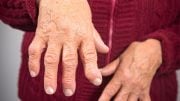
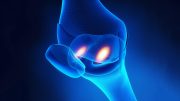




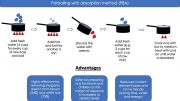
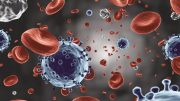
Be the first to comment on "New Research: Taking Care of Your Teeth Could Help Prevent Chronic Joint Pain"